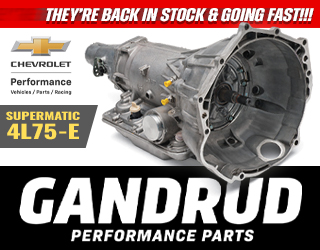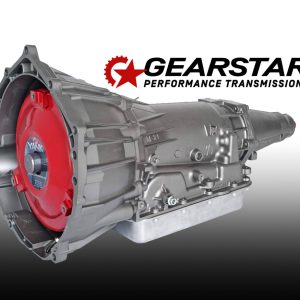Builders
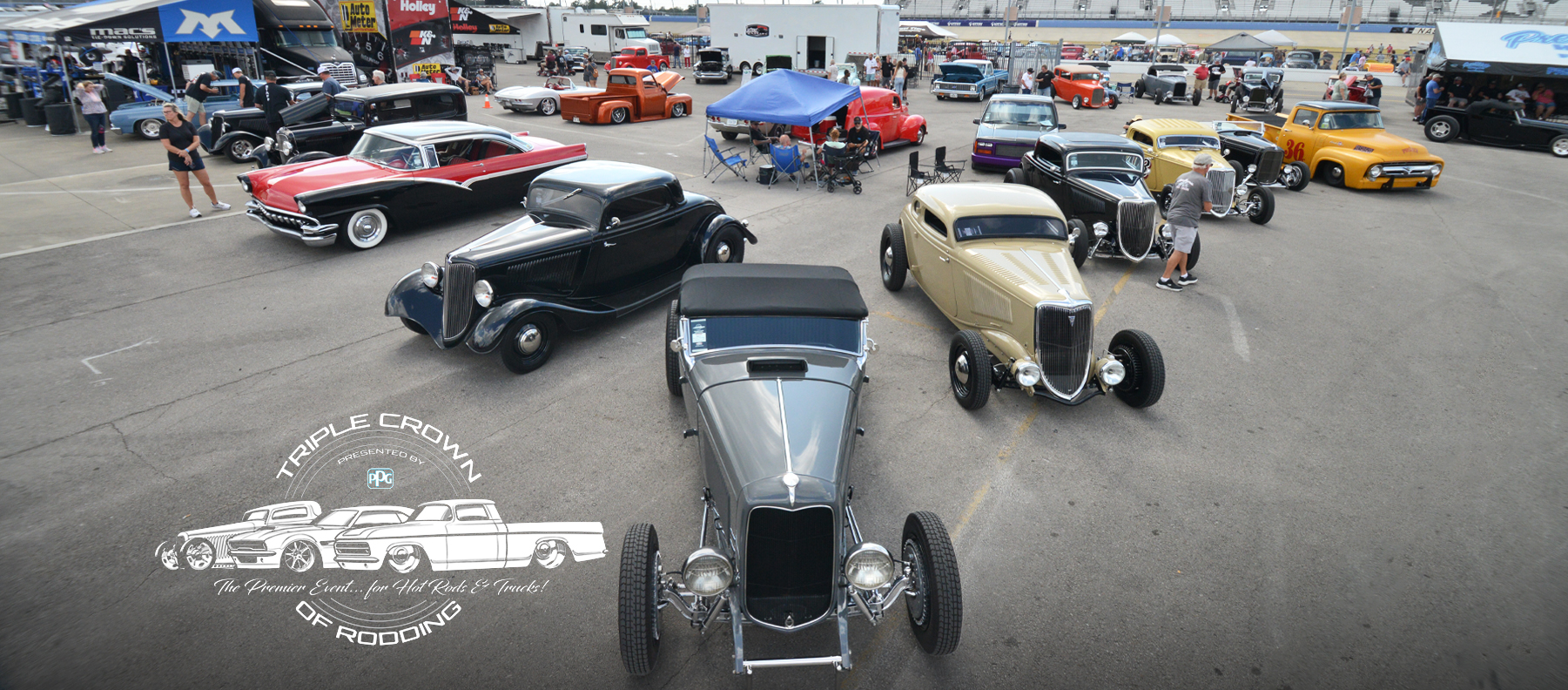
In both the world of sports and the realm of automotive enthusiasts, there are events that stand out as symbols of excellence. Think of baseball’s All-Star game, golf’s prestigious Masters Tournament, and the excitement of wrestling’s Summer Slam. And now, there’s a new star on the rise in the world of automobiles – The Triple Crown of Rodding (TCOR). This extraordinary event made its debut on September 8-9, in Lebanon, Tennessee, at the Nashville Superspeedway.
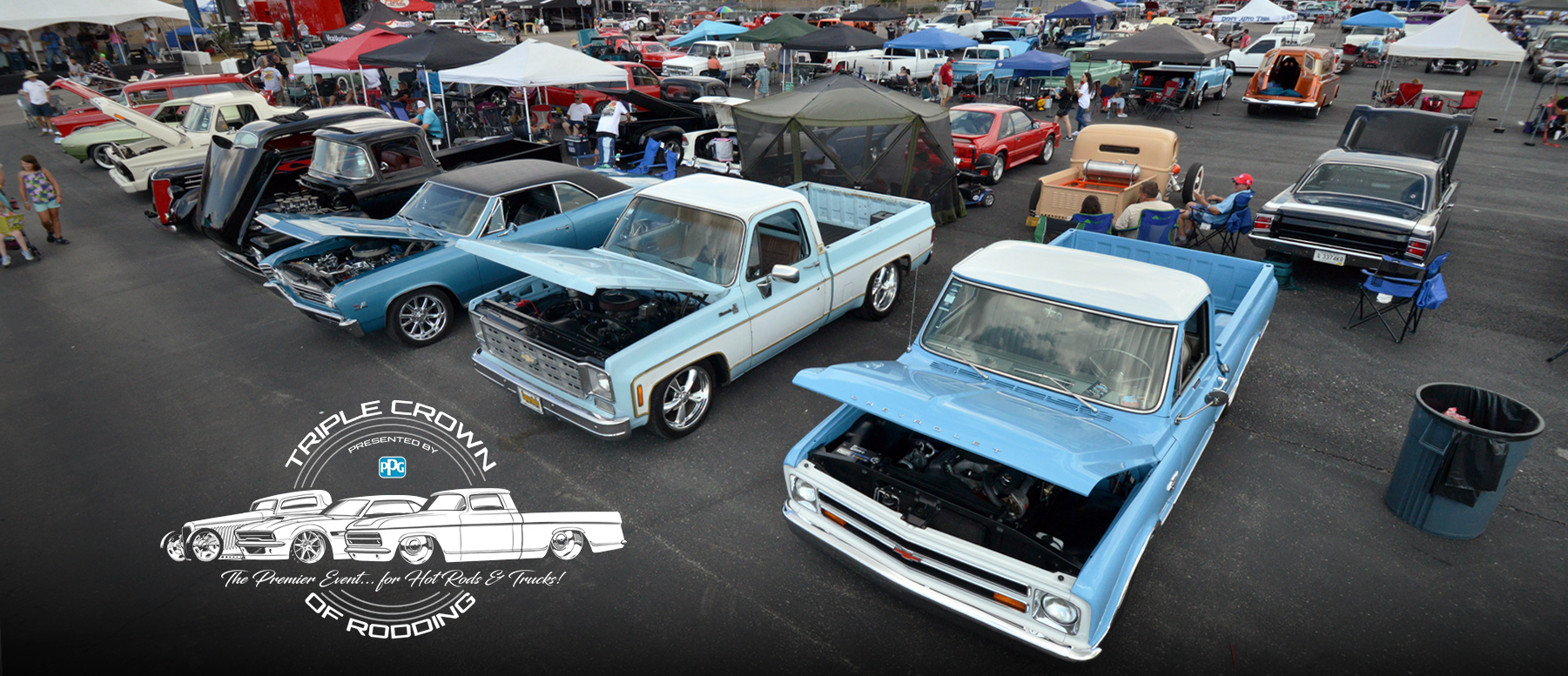
In the world of rodding and customization, there are certain moments that stand out as big achievements—proof of how dedicated, creative, and skilled the builders can be. The first Triple Crown of Rodding show in 2023 is one of those moments, a big success that everyone in the car world will remember. It was organized by industry juggernauts, Bobby Alloway and Gary Case, and it brought together some of the best builders in the business, like Roy Brizio, Art Morrison, Troy Trepanier, Chip Foose, and Alan Johnson just to name a few! Car fans from all over the country came to the Nashville Superspeedway to celebrate car craftsmanship and meet the people who made these amazing cars.
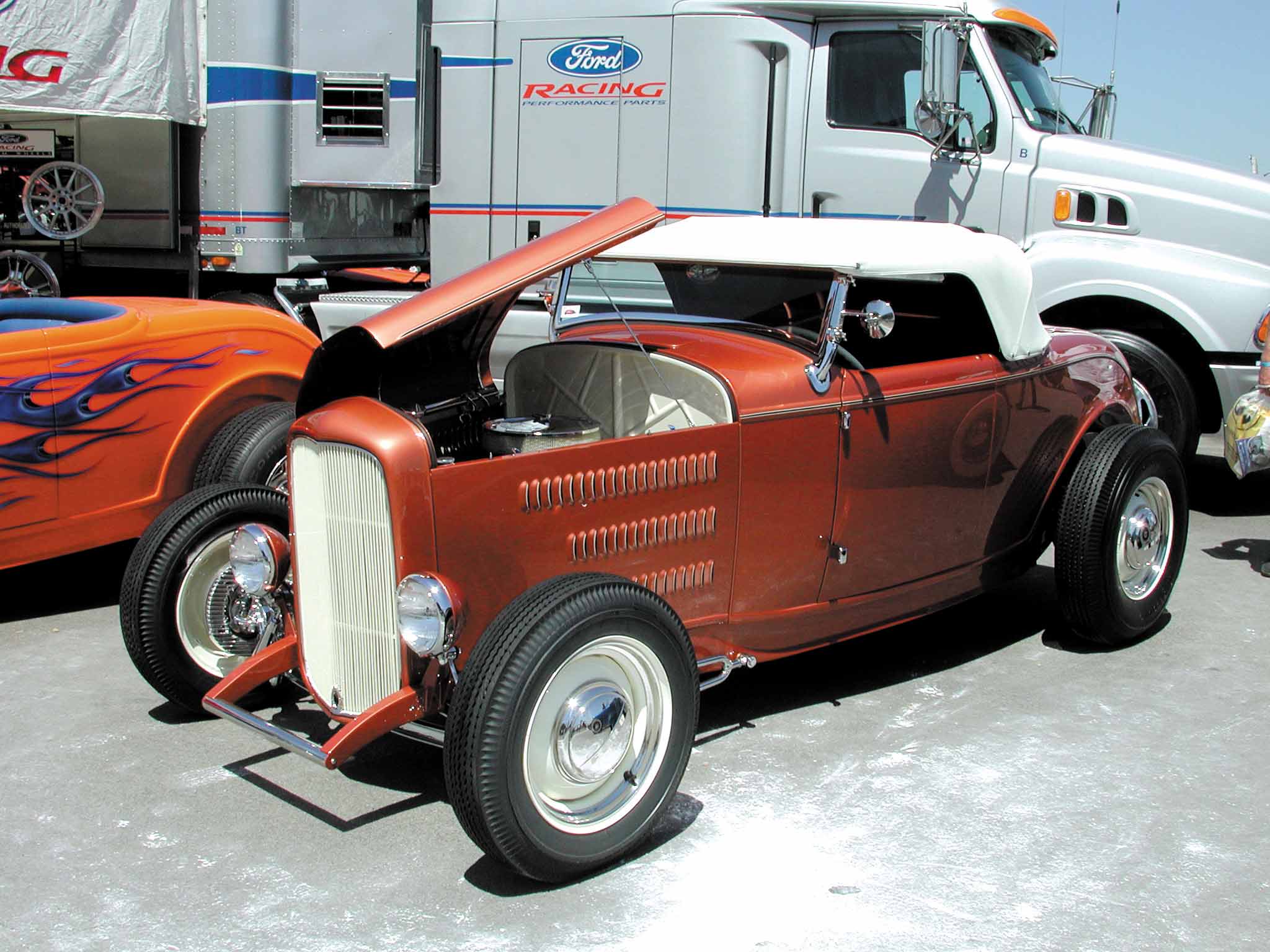
Andy Brizio, the man known as “The Rodfather,” has left an indelible mark on the world of hot rods and custom cars. On August 1, 2023, Brizio’s journey came to an end, leaving behind a legacy of passion, creativity, and innovation that will forever be cherished in the hearts of car enthusiasts around the globe. Let us take a moment to reflect on the incredible life of Andy Brizio and the enduring impact he has made on the automotive industry.
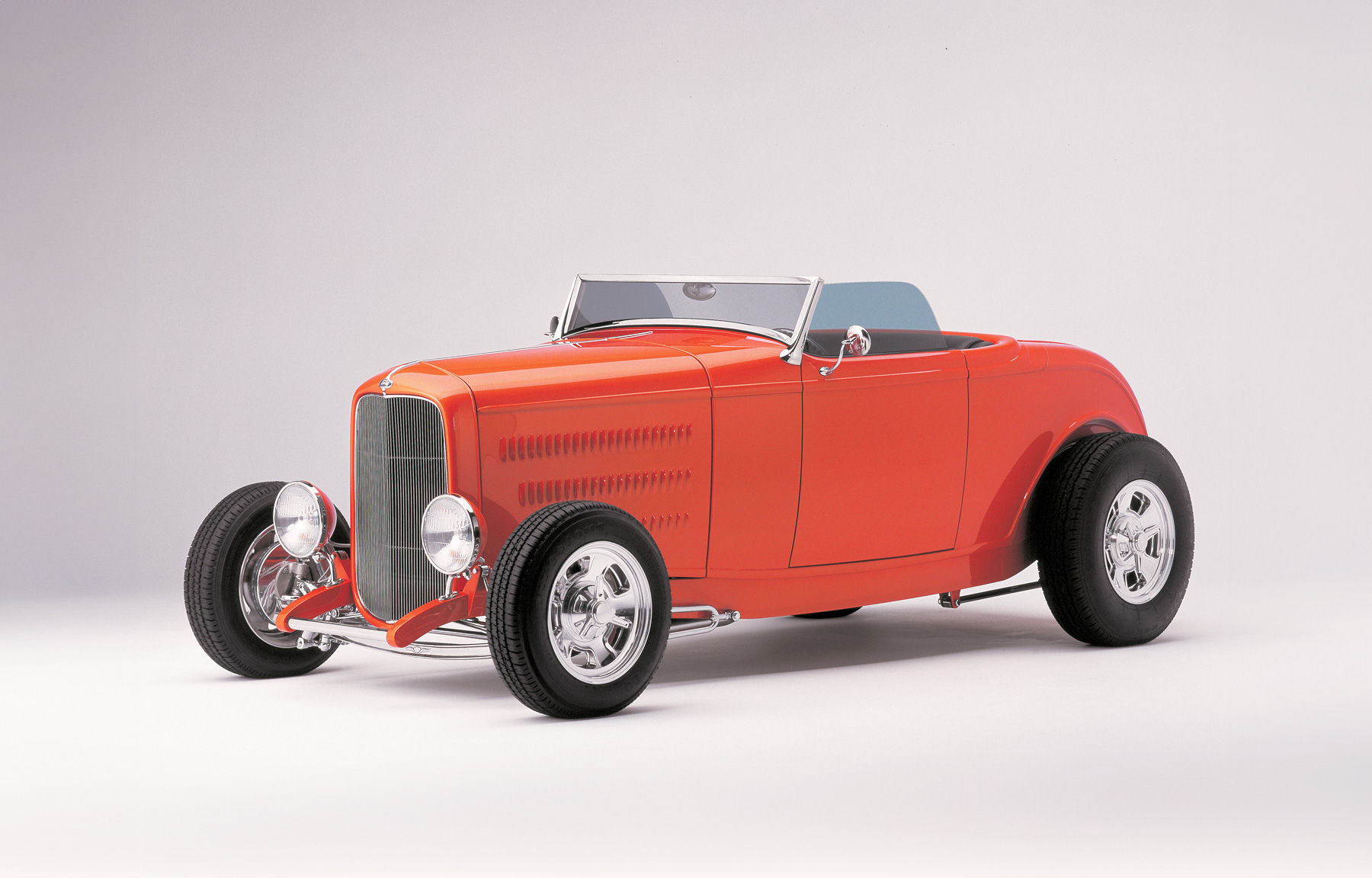
In the midst of all the wait comes this brand-new and, dare we say, quite revolutionary roadster/convertible, and a whole new wave of “…there’s not a chance.” Opinions surfaced. We took the high ground, as we have sat and listened intently to the plans for HRH, have visited facilities where some of the early work had been done, and are of the opinion that what the company has set out to do is not much different than any of us, only HRH bit off a whole mouthful.
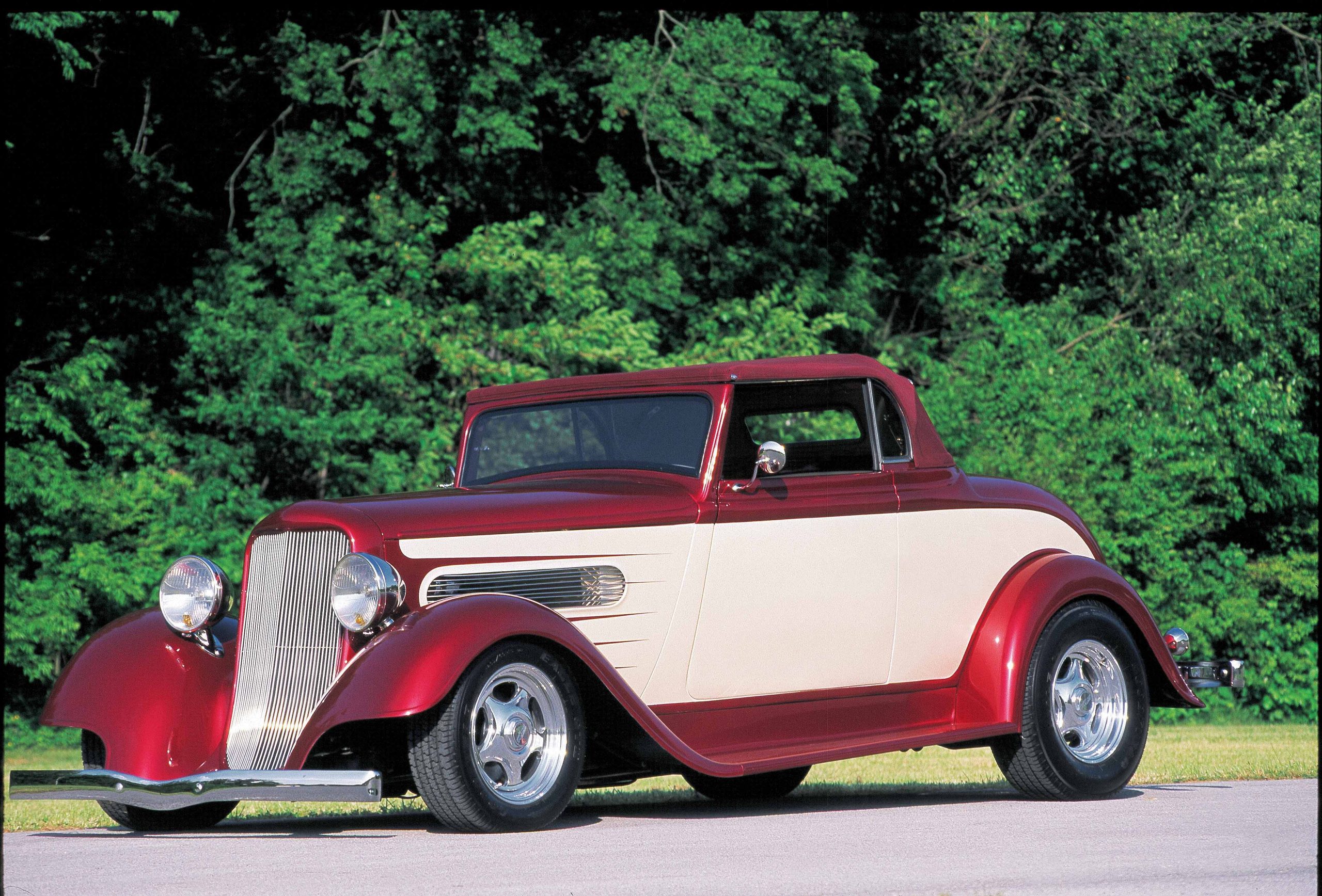
For 1933, Dodge had a full line of automobiles, and the salesmen of the day no doubt touted that there was a Dodge model perfect for you. But of all the sedans, coupes, convertible sedans (of which only 13 four-door convertible sedan eight-cylinder models were built) and station wagons, the convertible coupe was no doubt the most stylish of the bunch. The ’33 Dodge convertible coupe was a rare car in 1933, with only 1,563 units being produced, and, of course, there were 56 more built with the eight-cylinder engine. So, while the convertible coupe was a strikingly good-looking automobile, it was not the best of times, and the practicality and affordability of coupes and sedans far outsold the convertibles of the time. Today, finding a ’33 Dodge convertible coupe is truly a challenge.

Greg Harris has been a car enthusiast for years and has built a number of muscle machines and classic trucks. He has had loads of fun with late-model cars, but he couldn’t shake the fact that he really had the yearning to build a street rod some day. His friends knew about his longtime goal, so when one of them found a partially completed early sedan for sale, he told Harris about the car. Harris went to take a look, and as it turned out, the car was a half-finished all-steel ’33 Ford two-door sedan powered by a 427 Chevy engine. He immediately knew he had to buy the sedan—it was just what he was looking for. He made a deal with Clark and Bridgett Short, the folks who started the project, and brought the ’33 home.
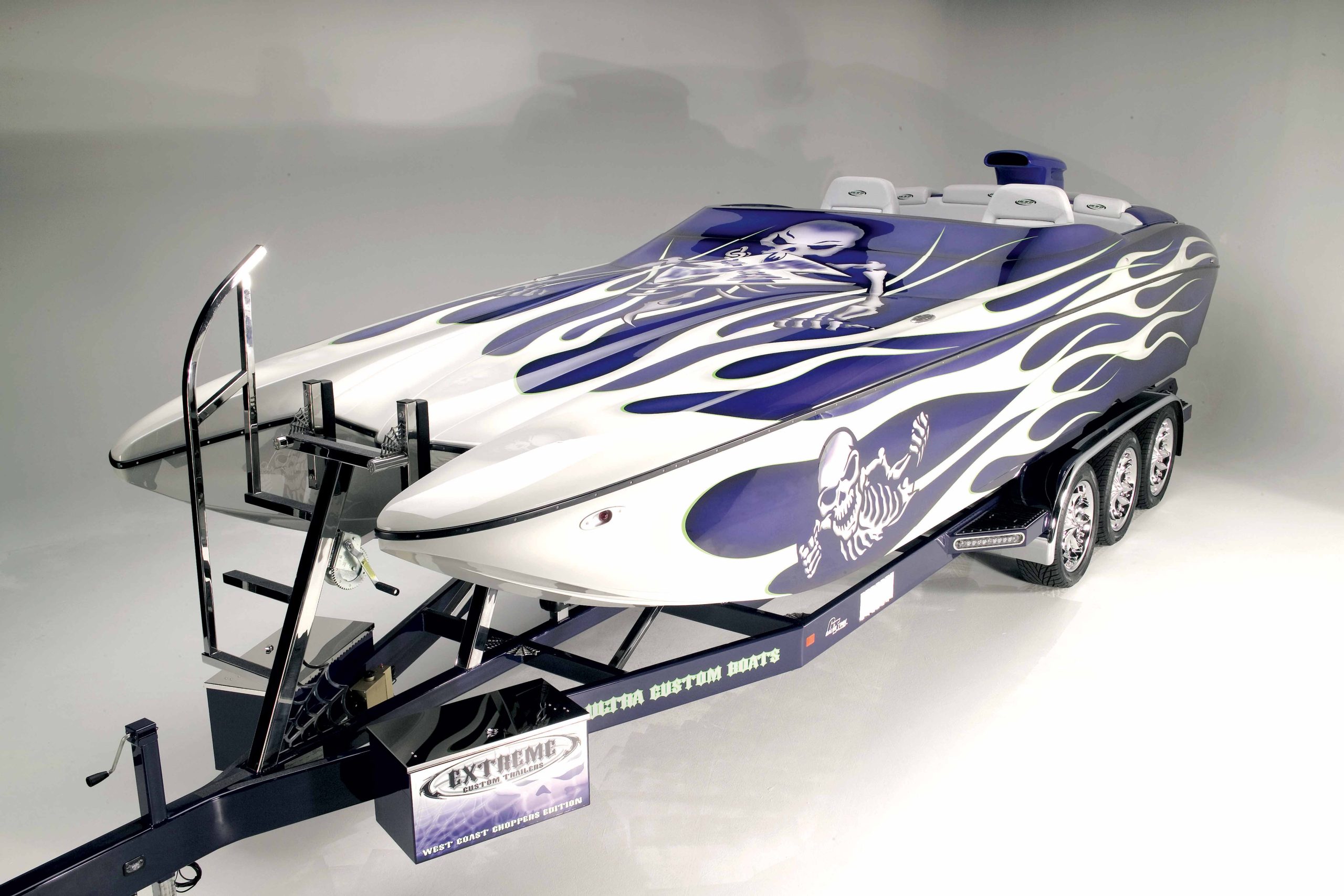
Ever see those boats on the TV show Fear Factor? Those are Ultra Custom Boats built by John West and his team in El Cajon, California. Ever watch Monster Garage? That is Jesse James from West Coast Choppers, which is based in Long Beach, California. What happens when these two guys get together to build a boat and a bike is what we have here.
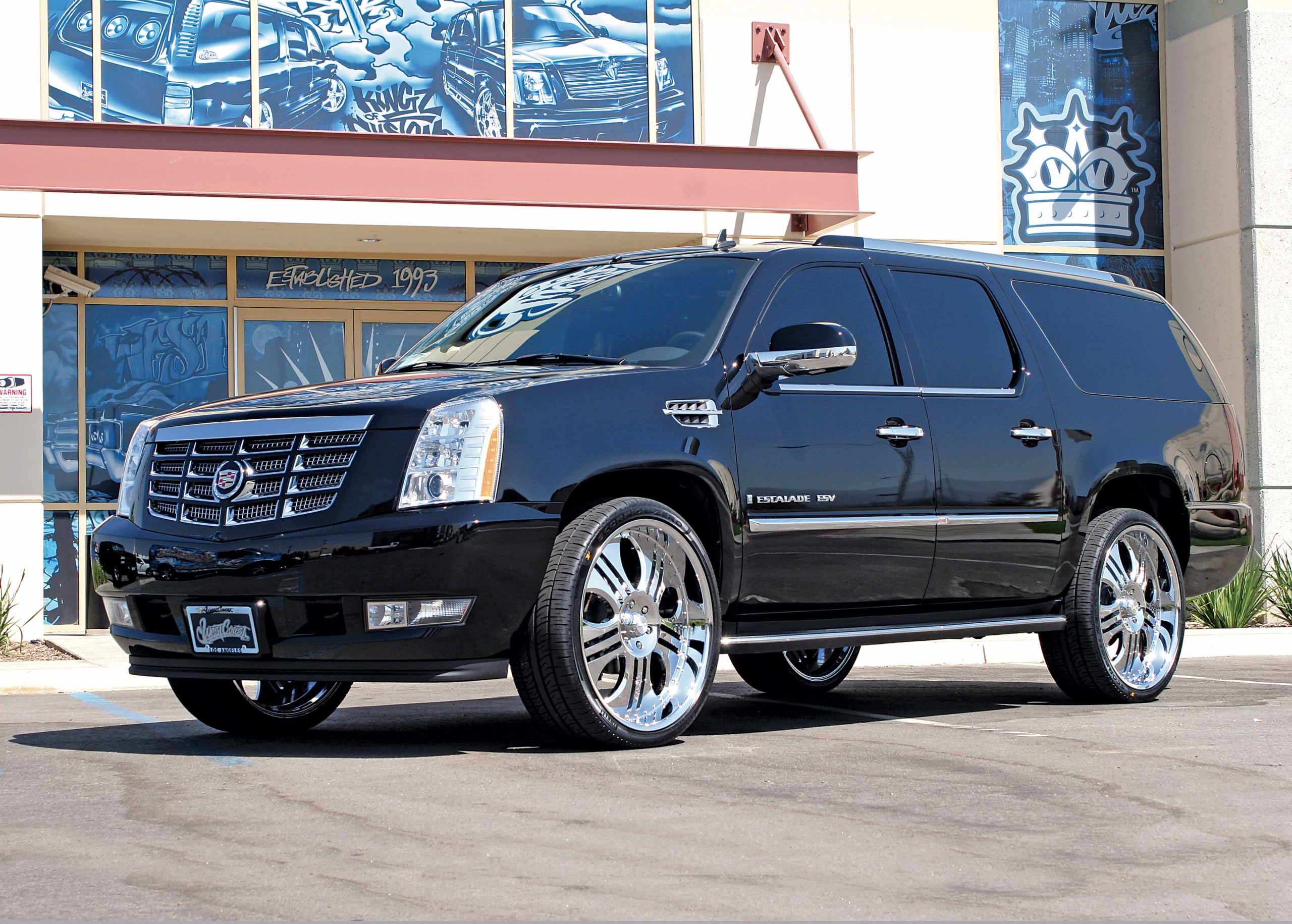
The 2007 Cadillac Escalade ESV was one of the most eagerly anticipated SUV releases in recent history. The ESV is spacious, powerful and elegant from the factory, but most owners will choose to add their own touches to personalize this truck, just as they did with the old one. Ryan Friedlinghaus, owner of West Coast Customs in Corona, California, wanted to personalize his own Escalade ESV, but he wanted to do it in a stealthy and subdued sort of way so that he could then offer the WCC package to other Escalade owners.
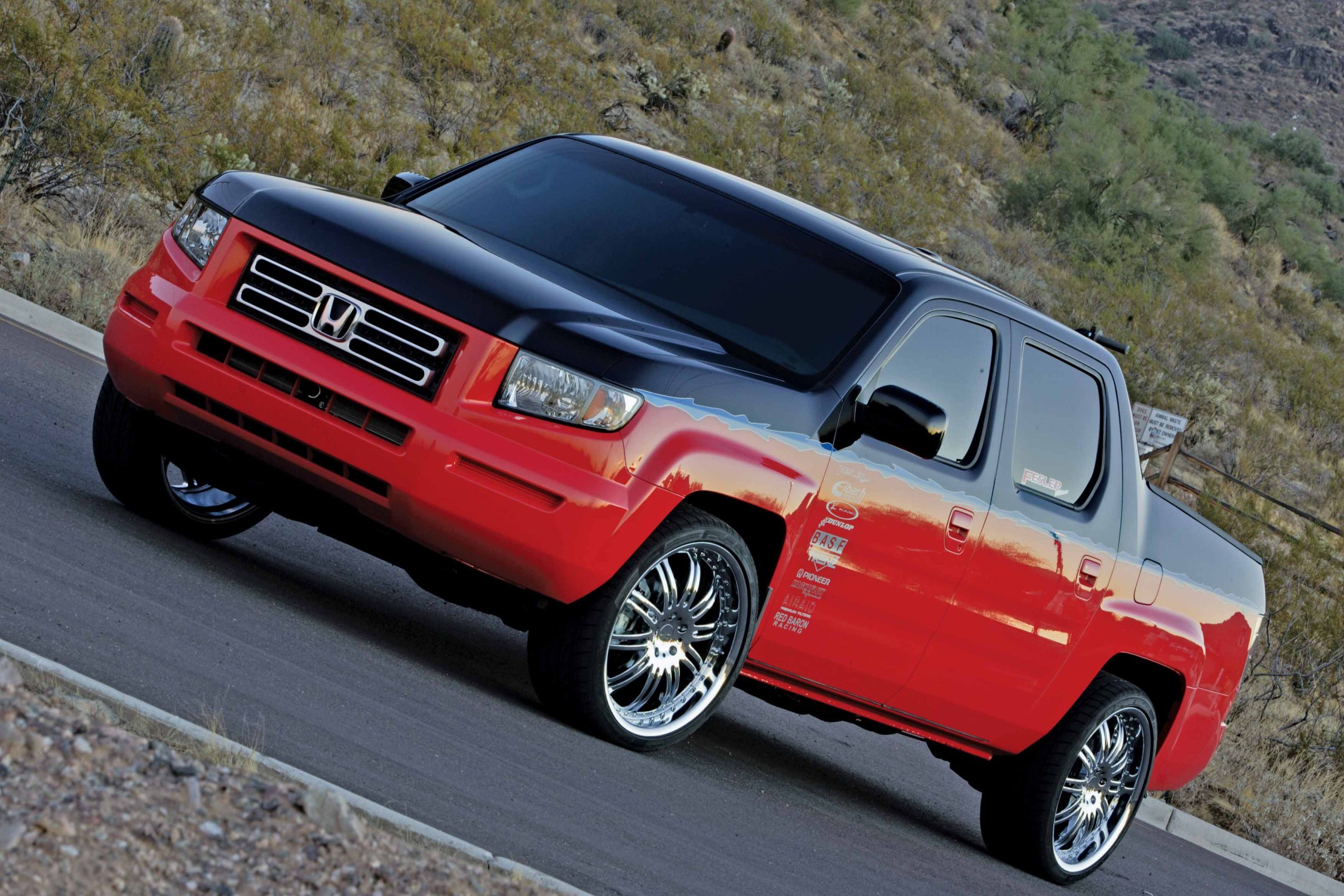
They say don’t mess with it if it isn’t broken. This straightforward build of a 2006 Honda Ridgeline RTL puts that advice into practice. Honda’s foray into the truck realm seems to have tapped into something big: that some people really want their truck to be more like a big, spacious car. Those people, for whatever reason, like the idea of driving a truck, but deep down they prefer something more comfortable and more refined. That is exactly what the Honda Ridgeline delivers.
So when Buddy Rice, Honda and Fesler Built started talking about customizing a Ridgeline, the conversation didn’t involve an all-out overhaul. Instead the team wanted to rely on the designed-in features that have made the Ridgeline so popular.
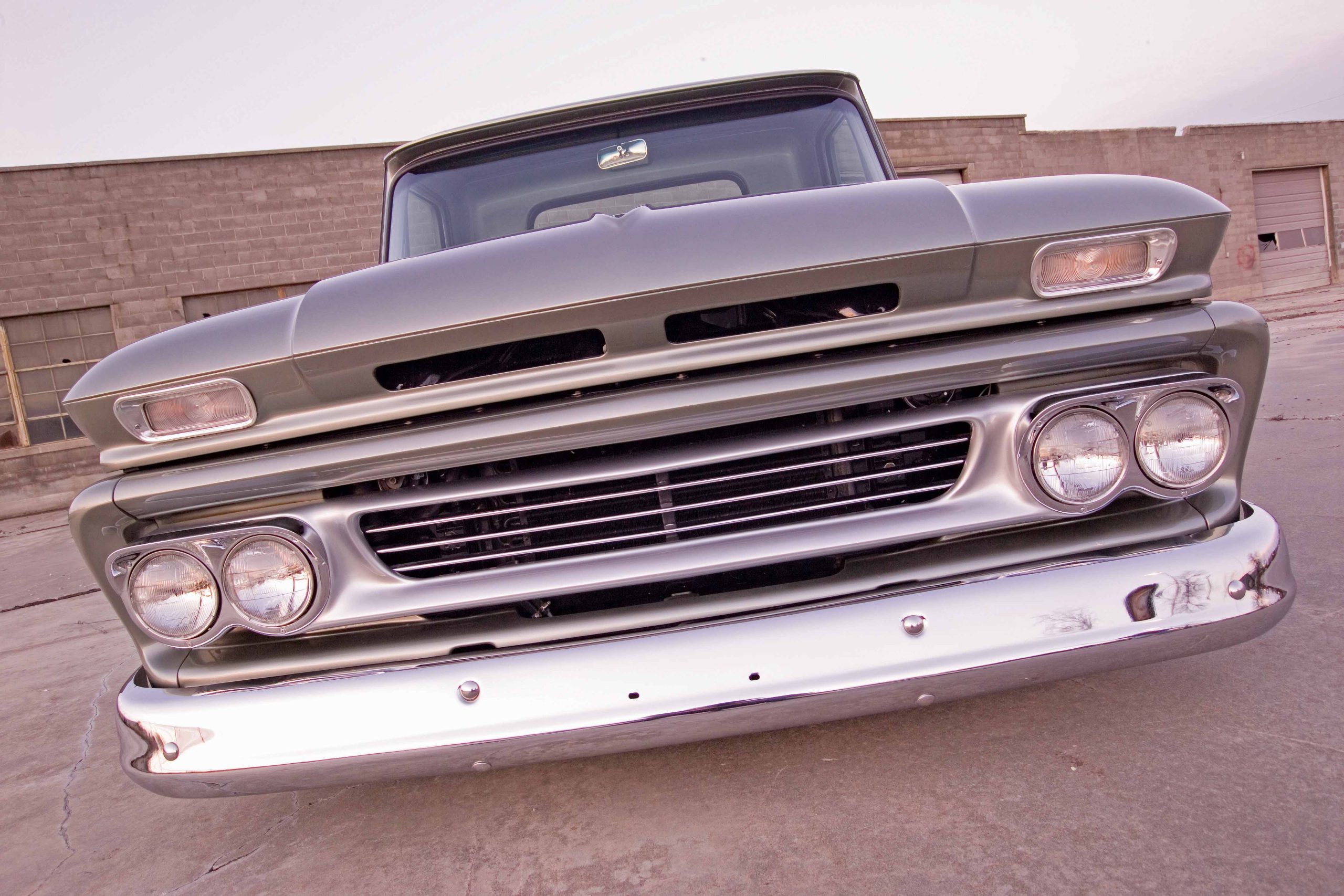
Those who know Ottawa, Kansas Roger Ward are almost certainly aware of his dry wit, his candid demeanor and his unique ability to create understated cars, one after the other. His talent in applying the most understated details to relatively unsung vehicles provides a lesson for us all that the best way to make a strong statement is to say as little as possible and do it your own way.
While his daily duties revolved around reworked body panels and refining those efforts with a paint gun, his lifelong hobby has focused those skills on a series of cars that exudes the same laid-back character which can be enjoyed in this extremely subtle, yet equally eye-?catching, 64 short-wheelbase Chevy pickup. As with so many trucks of this era, previous owners didn’t worry too much about retaining its pristine originality. Dented and rusty, this truck had been through the proverbial ringer, which made this conversion that much more difficult to achieve. Then again, Ward’s particular talents have made a great deal out of lesser vehicles, so this would simply be another test of his talents and another example of the skills he wields.




